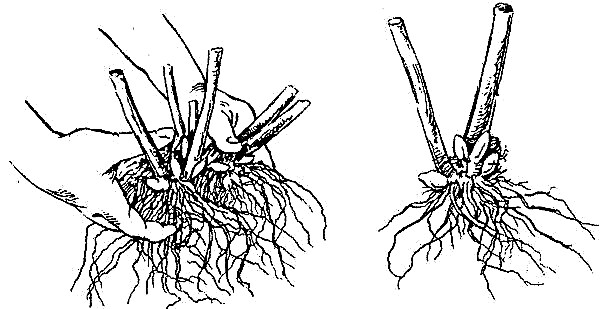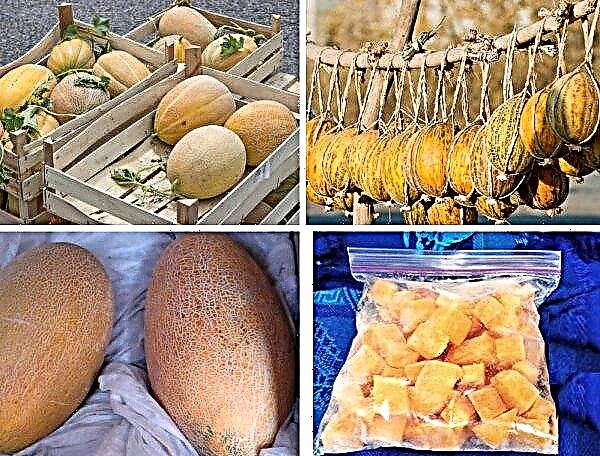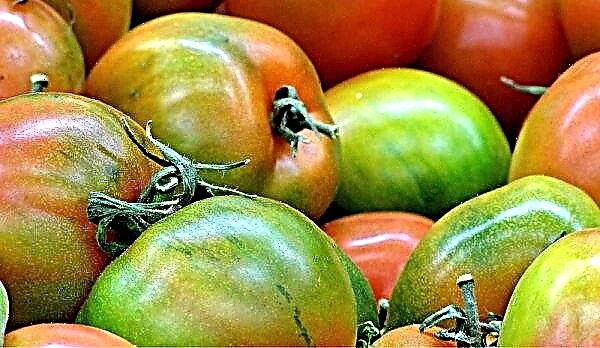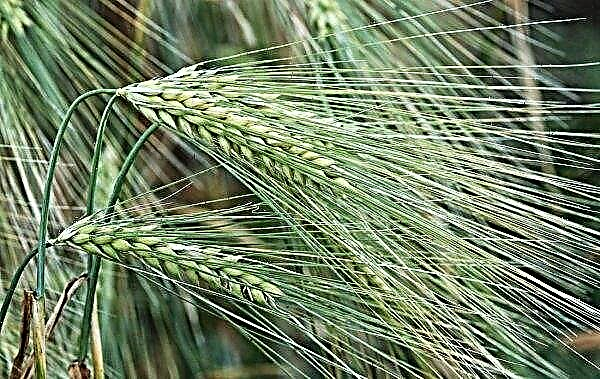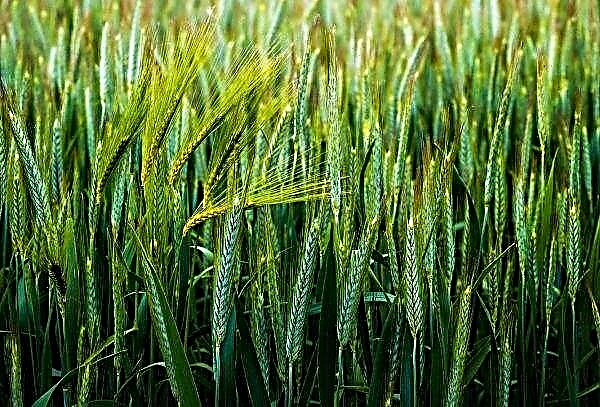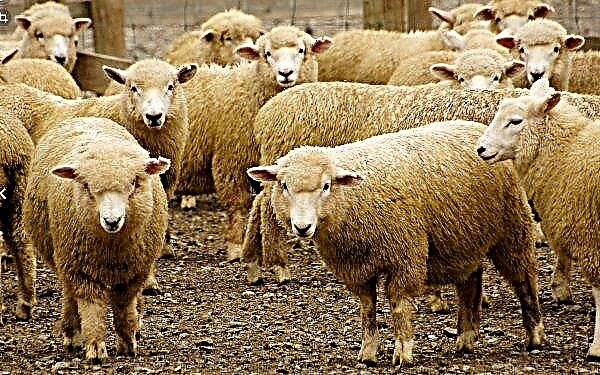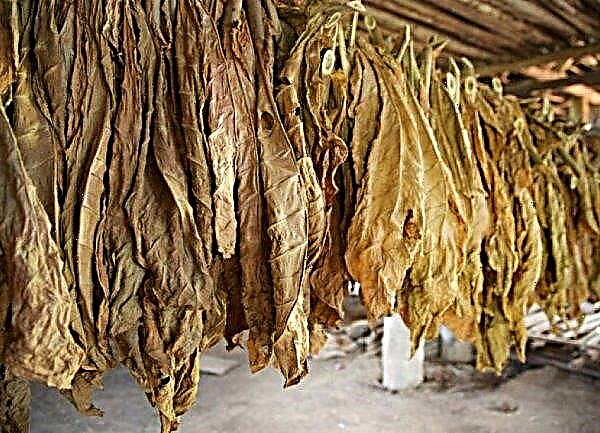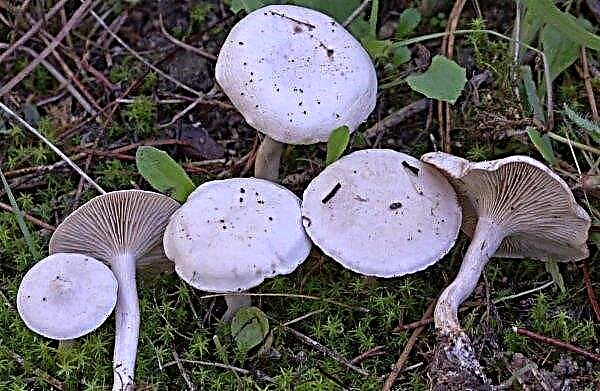Mushroom pig (Paxillus) - fetus, dunk, nesting doll among Russians, in eastern Ukraine - a dupe, mare - in Belarus. The holder of a number of other popular names (barn, solokha, etc.). Known in many countries. For a long time they considered it an edible species, but this is not so. In order not to become a victim of poisoning, the following are answers to questions: how to distinguish varieties, a description of why toxic, signs of intoxication, first aid to the victim.
General description
Pig color - brown, in more mature specimens - gray. The meaty hat concave inward is wrapped inward at the edges, up to 17 cm in diameter. The leg is medium-sized - no more than 10 cm, at a cut of 1.5 cm, corresponds to the color of the hat. The pulp is dense, with a light cream tint, the smell is absent. Weather conditions affect the “appearance” of the fungus: in the dry, it is pubescent, in wet weather - smooth, sticky.
Growth time - from the end of spring until the onset of the first frost. Prefers moist, shady area. It occurs in large groups on stumps, tree trunks, under birch and oak, in swamps and abandoned anthills, occasionally - under coniferous trees.
Did you know? It is proved that mushrooms are capable of producing vitamin D in the light, which affects the color of the hat.
Types of sows
The family includes 8 species of mushrooms (with certain differences), which are considered poisonous or conditionally poisonous.
Most often, there are types of pigs that are not recommended to be eaten, namely:
- thick;
- thin.

Fat
Fat pig (Tapinella atrotomentosa), the second conventional name is felt, is a conditionally edible fungus. It can be used by humans, but only in a preliminary boiled form, after which it is fried.
| Hat of a young instance | 4–20 cm in diameter. Round, with curved edges inward. In the center is a recess. The surface is felt. Fleshy, thick, elastic. |
| Mature fruit body hat | The edges are straightened. In the center with a recess. The surface is smooth, dry, with cracks. |
| Disputes | Reddish brown. The plates are yellow-brown. |
| Leg | Height - 5 cm, 40 mm in section. The surface is velvety. |
| Pulp | Yellow color. Dense, but somewhat watery. The taste is bitter with a neutral aroma. |
| Where and when it grows | It grows in groups. Massif (deciduous, mixed), on decaying wood, soil with fine sawdust (litter), stumps. In coniferous forests is less common. It grows from June to October. |

Thin
Thin pig (Paxillus involutus) belongs to poisonous mushrooms. Overuse is fatal! Similar to a fat pig, but different biological description.
| Young mushroom hat | 12-15 cm across. Convex, flat as it grows. The surface is shiny, brown or ocher. |
| Mature hat | Edges without bends. The upper part is in the form of a funnel. |
| Disputes | Reddish brown. Plates of light, orange-yellow colors. Brown spores oval. |
| Leg | Thick, cylindrical in shape. Dense, up to 10 cm long, 15 mm in section. |
| Pulp | Yellow. Consistency is loose. Flavourless and tasteless. |
| Where and when it grows | It grows in groups. Deciduous and mixed planting, groves (birch, oak), swamps, edges. Dates: June - end of September. |

Causes of toxicity
Mushrooms contain poison, which affects protein synthesis - dicyclopentanone, which causes severe intoxication of the body. Often fatal. A lot depends on the personality of the human body, since the harmful substance is not excreted, but accumulates in the body, which is extremely dangerous.

Toxin provokes the growth of antibodies, red blood cells decay, hemoglobin level drops, as a result - hemolytic anemia. Due to the presence of muscarine (a certain poison, which is also present in fly agarics, does not split during cooking, but remains in mushrooms), the mares are classified as conditionally poisonous mushrooms.
Did you know? Since 1984, the thin pig has been excluded from the list of edible mushrooms.
Symptoms of thin pig poisoning
It all depends on the amount of mushrooms consumed, on the age of the person. Of particular danger is for children, pregnant women, people of the older generation, categories of people with a weakened body. There are three degrees of pig poisoning.
Easy
After an hour (maximum - after 6) it is noted:
- heaviness, pain in the abdomen;
- lower back pain;
- vomiting
- loose stools (often);
- acute gastroenteritis;
- general weakness due to dehydration;
- cooling of the extremities is noted;
With the relief of symptoms of acute gastroenteritis, the patient is recovering and is already healthy on the sixth day.

Average
With the repeated use of mushrooms or failure to provide assistance with primary signs of intoxication:
- enlarged liver;
- increased bilirubin level;
- the level of nitrogen in the blood rises.
Heavy
When using raw, poor-quality heat-treated mushrooms:
- severe exicosis (complete dehydration);
- acute cardiovascular and hepatic-renal failure;
- encephalopathy;
- loss of consciousness;
- hemolysis (destruction of red blood cells) occurs with a decrease in hemoglobin, an increase in the concentration of bilirubin;
- liver damage;
- the development of DIC.

First aid
It is important to call doctors as soon as possible or to deliver the patient to a medical institution, you can’t wait!
Before the ambulance arrives, you must:
- Rinse the stomach with plenty of warm water with diluted potassium permanganate or table salt.
- Lay the patient horizontally and do not allow him to move.
- Give a sorbent.
- Take an anti-allergic pill (Suprastin or Tavegil).
Important! Prior to the arrival of doctors, it is strictly forbidden to give the patient medicines for vomiting and diarrhea!
Be sure to tell doctors about the causes of the threatening condition, the treatment measures taken. The patient is hospitalized with subsequent long-term treatment.

You should not risk it and use deadly pigs in cooking. Someone, by a lucky chance, was lucky not to get poisoned, but such “luck” is an exception to the rule. It is better to purchase (or to reliably distinguish during the collection) proven mushrooms with valuable nutritional qualities - this will keep you and your family healthy.


